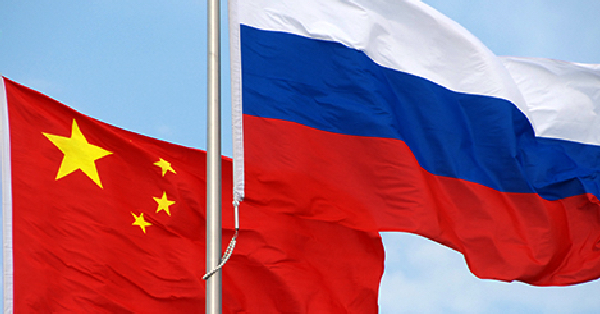Russia remained China’s top oil supplier in the first two months of this year, data showed on Wednesday, as Saudi supply cuts continued.
China’s imports from Russia, including supplies via pipelines and sea-borne shipments, rose 13% on the year to 17.72 million metric tons, or 2.16 million barrels per day (bpd) over the January and February period, according to data from the General Administration of Customs.
Russia was China’s top supplier throughout 2023, shipping more than 107 million tons, or 2.14 million bpd despite Western sanctions and a price cap following the Kremlin’s 2022 invasion of Ukraine.
In coordination with other OPEC+ members, Russia opted to roll forward a voluntary reduction in crude oil output of 300,000 bpd into the first quarter of the year to support energy prices.
The country will cut its oil output and exports by an additional 471,000 bpd in the second quarter.
Russian Baltic and Arctic crude flows have experienced minimal disruptions from attacks by Houthi rebels in the Red Sea, whilst ESPO shipments have seen increased interest from independent teapot refiners due to higher prices for alternative feedstocks, commodities consultancy Vortexa said ahead of the data.
Shunned by many international buyers, Russian crude oil traded at significant discounts to international benchmarks for much of last year.
This discount gradually eroded as more refiners entered the market, with February-loading ESPO offered at minus 50 cents to plus 50 cents against ICE Brent versus between $6-$8 discount a year earlier, according to trade sources.
Imports from Saudi Arabia, previously China’s largest supplier, totalled 13.49 million tons, or 1.64 million bpd, down 3% on the same period in 2023.
Riyadh has said it would extend its voluntary cut of 1 million bpd through the end of June, leaving its output at around 9 million bpd.
Saudi Arabia cut its official selling prices to Asia for its flagship Arab Light crude to a 27-month low in February on concerns about supply overhang and competition from rival suppliers.
January-February imports from Malaysia, a trans-shipment point for sanctioned cargoes from Iran and Venezuela, soared 69% on the year to 8.93 million tons, or 1.09 million bpd.
The customs data also captured a rare shipment of 352,455 tons of Venezuelan crude in February amid a temporary relaxation of U.S. sanctions on Caracas though these may be re-imposed in April.
Customs recorded no imports from Iran.
Source: Reuters reported by Andrew Hayley and Chen Aizhu and edited by Janane Venkatraman









































